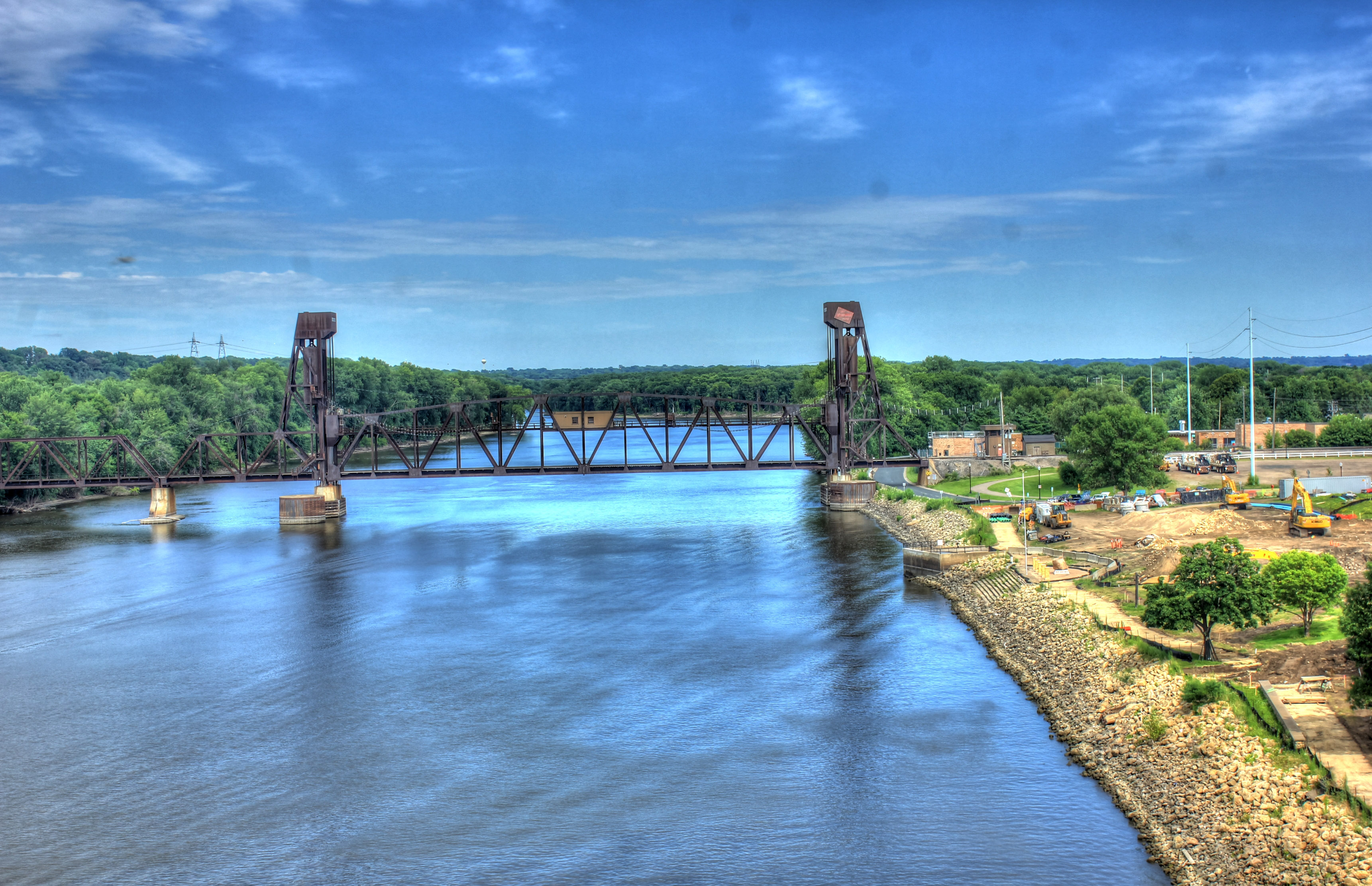Minnesota River History and Geography

The Minnesota River, a significant waterway in the upper Midwest of the United States, holds a rich history intertwined with Native American cultures, exploration, and settlement. Its historical importance stems from its role as a vital transportation route, a source of sustenance, and a boundary between different indigenous nations.
The river’s journey begins at Big Stone Lake on the border of Minnesota and South Dakota. From there, it meanders through the rolling hills and fertile plains of Minnesota for approximately 332 miles (534 kilometers) before joining the Mississippi River near the city of St. Paul. Along its course, the Minnesota River gathers waters from numerous tributaries, including the Blue Earth, Cottonwood, and Crow rivers, forming a vast drainage basin that encompasses much of southern Minnesota.
The Minnesota River’s physical characteristics vary along its length. In its upper reaches, it is a narrow, shallow stream, but as it flows downstream, it widens and deepens, reaching an average width of 300 feet (91 meters) and a depth of 10 feet (3 meters) near its confluence with the Mississippi River. The river’s flow rate is relatively slow, averaging around 1.5 miles per hour (2.4 kilometers per hour), making it navigable by small boats and barges.
Minnesota River Ecology and Environment

The Minnesota River supports a diverse array of flora and fauna, reflecting the river’s varied habitats. The river’s waters provide a home for a wide variety of fish species, including walleye, northern pike, bass, and catfish. The river’s banks and floodplain forests provide habitat for a variety of birds, mammals, and reptiles, including bald eagles, white-tailed deer, and snapping turtles.
The Minnesota River’s water quality has been impacted by human activities, including agricultural runoff, industrial pollution, and wastewater discharge. The river’s water quality has improved in recent years due to the implementation of conservation measures, but the river remains impaired by a number of pollutants, including nutrients, sediment, and bacteria.
Conservation Efforts
A number of conservation efforts are underway to protect and restore the Minnesota River’s natural resources. These efforts include:
- Reducing agricultural runoff
- Controlling industrial pollution
- Improving wastewater treatment
- Restoring riparian habitat
- Protecting endangered species
Minnesota River Recreation and Tourism
The Minnesota River offers a plethora of recreational opportunities that cater to diverse interests and preferences. From tranquil boating excursions to invigorating fishing trips, and from scenic hiking trails to challenging biking routes, the river and its environs provide an idyllic backdrop for outdoor enthusiasts and nature lovers alike.
The Minnesota River’s scenic beauty is a captivating blend of rolling hills, lush forests, and sparkling waters. Its meandering course creates a picturesque panorama that invites exploration and discovery. The river’s natural allure has not gone unnoticed, with several sections designated as protected areas, including the Minnesota Valley National Wildlife Refuge and the Fort Snelling State Park.
Boating
The Minnesota River is a navigable waterway that offers a serene and picturesque setting for boating enthusiasts. From leisurely canoeing and kayaking to thrilling powerboating and sailing, there’s something for every skill level and preference. The river’s calm waters and gentle currents make it an ideal destination for beginners, while its deeper sections provide ample challenges for experienced boaters.
Fishing
The Minnesota River is a renowned fishing destination, teeming with a diverse array of fish species. Anglers can cast their lines for walleye, northern pike, bass, catfish, and crappie, among others. The river’s healthy ecosystem and abundant fish populations ensure a rewarding fishing experience for both seasoned anglers and novices.
Hiking and Biking, Minnesota river
The Minnesota River Trail is a scenic paved trail that follows the river’s course, offering a delightful way to explore the area on foot or by bike. The trail meanders through a variety of landscapes, from lush forests to rolling prairies, providing a diverse and engaging experience for hikers and bikers of all abilities.
Cultural Attractions and Events
The Minnesota River is deeply intertwined with the cultural heritage of the region. Historical sites, museums, and festivals dot the river’s banks, offering a glimpse into the area’s rich past and vibrant present. Visitors can explore the historic Fort Snelling, learn about the Dakota people at the Shakopee Mdewakanton Sioux Community, and attend the annual Minnesota River Festival, which celebrates the river’s cultural and environmental significance.
The Minnesota River, a serpentine waterway that winds its way through the heartland of the Midwest, originates in the tranquil town of Blue Earth, MN. This quaint community, steeped in history and natural beauty, lies nestled amidst the rolling hills and vibrant farmlands that define the region.
As the river meanders through Blue Earth, it reflects the town’s vibrant spirit and the rich legacy that has shaped its character.
The Minnesota River, a winding waterway that carves its path through the heartland of the state, flows gracefully past the historic Rapidan Dam in Mankato , a testament to human ingenuity and the enduring power of water. The dam, with its towering concrete structure, stands as a guardian of the river’s flow, regulating its course and providing a scenic backdrop to the bustling city.
Meandering through the heart of Minnesota, the Minnesota River flows majestically, nourishing the fertile lands along its banks. As it meanders southward, it encounters the vibrant city of Mankato , a bustling hub of commerce and culture. The river continues its journey, carrying with it the stories of the people and places it has touched.
The Minnesota River, a tributary of the Mississippi River, meanders through the state of Minnesota, carving out a scenic landscape. Along its course, it encounters the Rapidan Dam, a historic landmark situated in rapidan dam location. The dam, built in the early 20th century, serves as a source of hydroelectric power and regulates the flow of the Minnesota River, contributing to the river’s rich ecological diversity and recreational opportunities.
The Minnesota River, a vibrant artery of the Midwest, meanders through picturesque landscapes. Its course is marked by the majestic Rapidan Dam, a testament to human ingenuity. Nestled amidst rolling hills rapidan dam location , this engineering marvel regulates the river’s flow, shaping the ecosystem and providing sustenance to countless communities downstream.